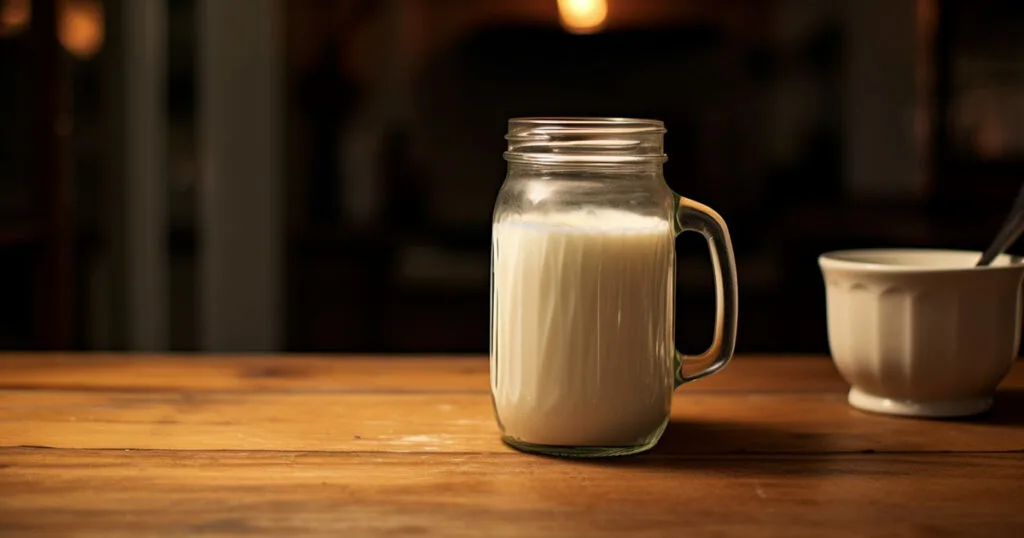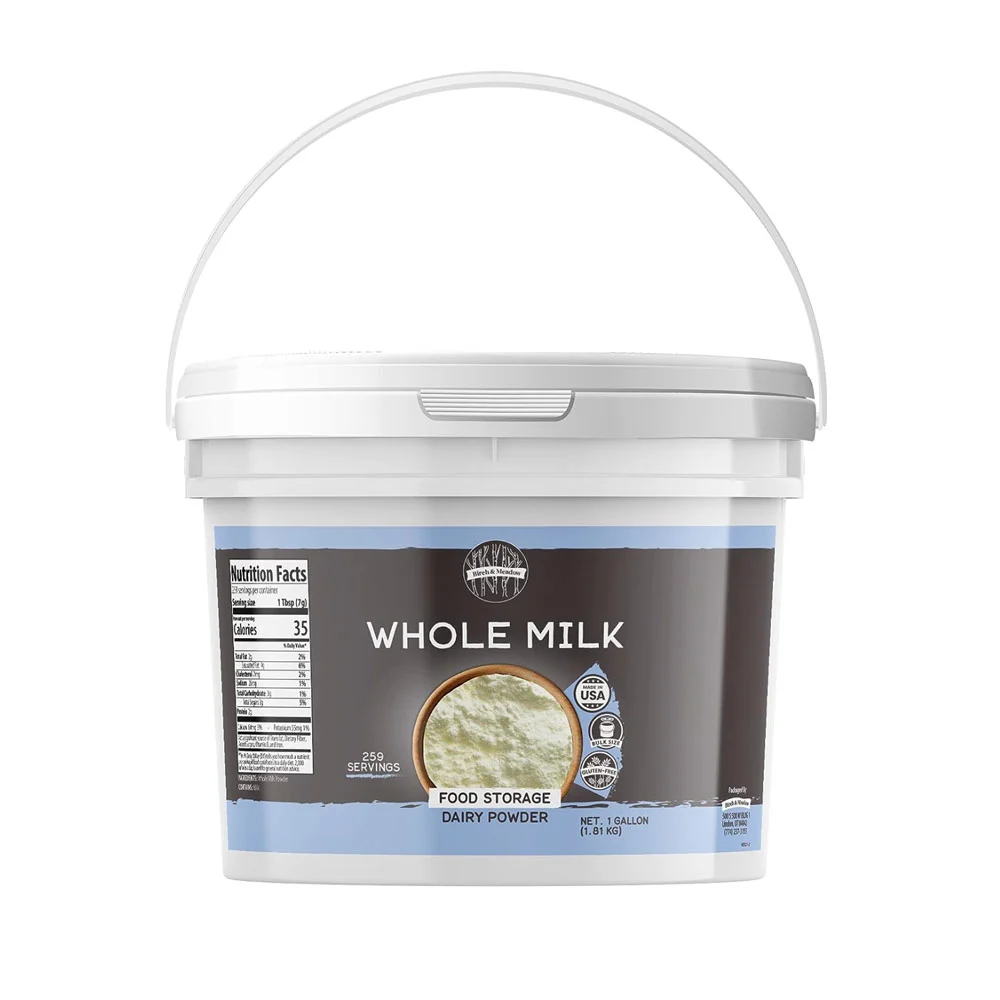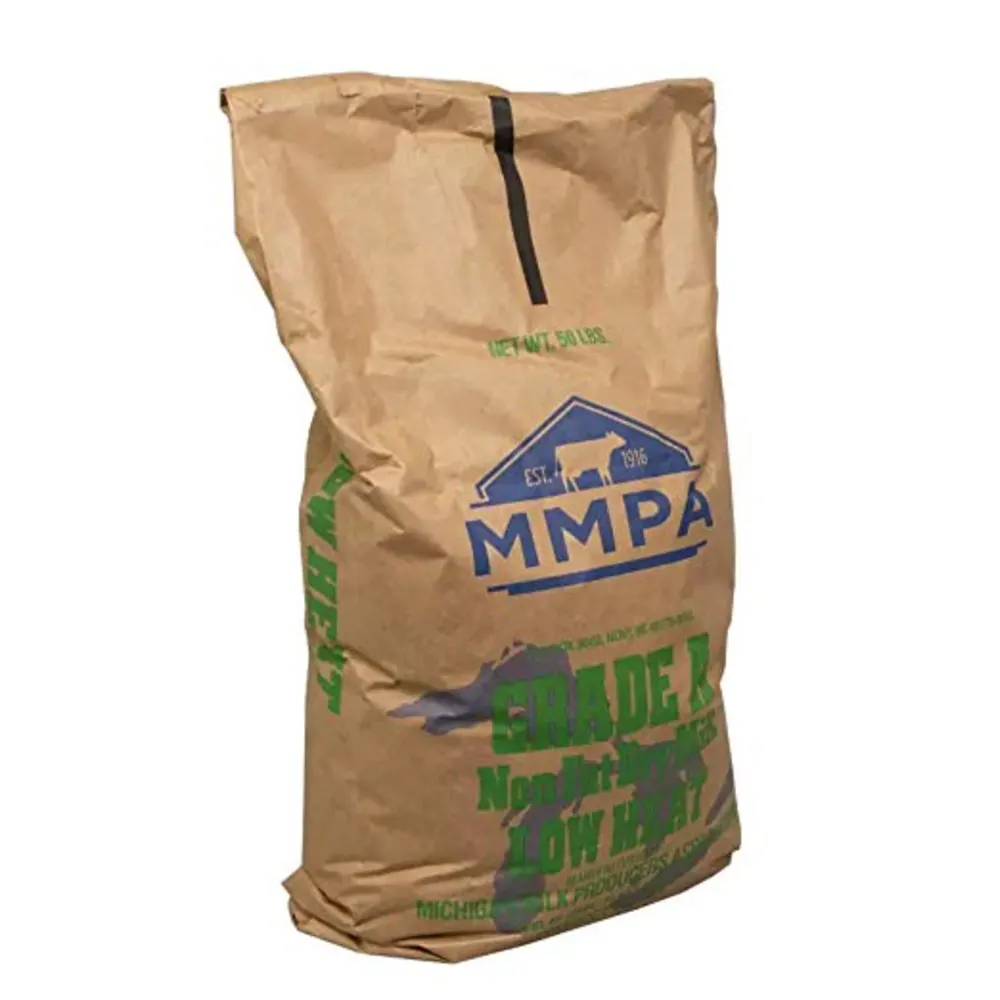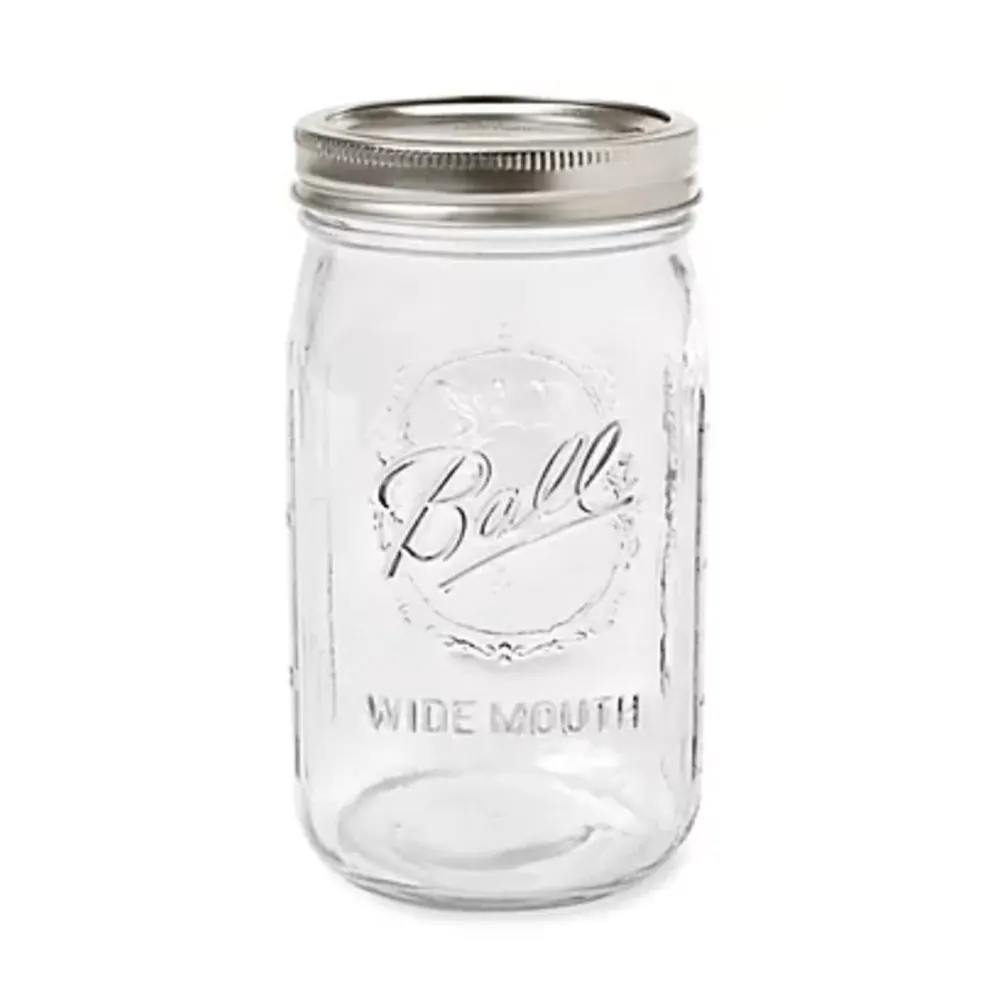In survival and emergency preparedness, certain items stand out as essentials. Water, non-perishable food, first aid kits, and the like are often the first to make the list. However, one often overlooked item with a plethora of benefits is powdered milk, also known as dried milk.

Shelf Life of Powdered Milk
When we think of the shelf life of various foods, powdered milk emerges as a top choice. This dehydrated version of milk, when stored appropriately in a cool, dry environment and sealed in an airtight container, boasts a longevity ranging from 2 to 10 years. Some experts even agree that under ideal conditions, powdered milk can outlast its best-by date, although its flavor and nutritional richness might wane over extended periods.
Nutritional Value of Dehydrated Milk
Beyond its impressive shelf life, the nutritional value of powdered milk is commendable. Despite its dehydrated state, it retains a significant portion of the nutrients inherent in fresh milk. These nutrients, including vital proteins, calcium, and essential vitamins, become indispensable in survival scenarios where maintaining health is a top priority.
Space Savings & Versatility
Another advantage lies in its space efficiency. The dehydration process ensures that powdered milk occupies minimal space, making it a prime candidate for inclusion in emergency kits or storage areas with limited room. This compact nature ensures that individuals can store ample quantities without the burden of bulk.
The versatility of powdered milk further amplifies its importance. While the obvious use is rehydration for drinking, its potential doesn’t end there. It seamlessly integrates into a bunch of recipes, from enriching baked treats to enhancing the creaminess of soups and sauces. In situations where culinary ingredients are scarce, this versatility is a boon.
No Fridge Required
The absence of a refrigeration requirement sets powdered milk apart from its liquid counterpart. In many emergency situations, consistent electricity or functional refrigeration units become luxuries. The ability to store powdered milk without these amenities ensures that a reliable source of nutrition remains accessible.
From an economic standpoint, investing in powdered milk can prove more cost-effective in the long run in your self managed insurance policy. Instead of recurrent expenses on fresh milk, a one-time purchase of powdered milk can suffice for extended durations, especially when prepping for potential long-term disruptions.
Are there any additives you should avoid with powdered milk?
Yes, when purchasing powdered milk, it’s essential to be aware of potential additives that might not align with your health preferences or dietary needs. Some additives to be cautious of include:
- Preservatives: These are added to extend the shelf life of the product. Common preservatives in powdered milk include ascorbyl palmitate and tocopherols. While these are generally recognized as safe, some individuals prefer to avoid additional preservatives in their food.
- Anti-caking agents: To prevent the powdered milk from clumping together, anti-caking agents like tricalcium phosphate might be added. While they are considered safe for consumption, some people prefer products without these agents.
- Hydrogenated oils or fats: These are sometimes added to improve the texture and mouthfeel of reconstituted milk. Hydrogenated oils are trans fats.
- Growth hormones and antibiotics: If the powdered milk is sourced from cows treated with growth hormones or antibiotics, there might be residual amounts in the product. Many consumers now prefer milk products from cows not treated with rBST (a synthetic growth hormone) or antibiotics.
When purchasing powdered milk, it’s always a good practice to read the ingredient list and product label thoroughly. Opt for products with minimal additives, and if possible, choose organic or all-natural versions. If you have specific health concerns or dietary restrictions, consulting with a nutritionist or healthcare provider can provide guidance on the best products for your needs.
My Recommendations on Powdered Milk
What’s the best method to prepare powdered milk for drinking?
Using a 32oz Ball jar makes the process of preparing powdered milk efficient and minimizes the need for additional utensils, making it a handy method, especially for on-the-go situations.
- Read the Instructions: Start by checking the manufacturer’s instructions on the powdered milk package. Different brands might have specific ratios of powder to water.
- Measure the Powder: Depending on the brand and your desired consistency, you’ll typically need between 1 to 1.5 cups of powdered milk to make 32oz (or 4 cups) of milk. Adjust the amount based on your preference and the manufacturer’s recommendations.
- Warm Water: Fill the Ball jar about a quarter full with warm (not boiling) water. Warm water will help dissolve the powdered milk more easily.
- Add Powdered Milk: Slowly add the measured powdered milk to the jar with the warm water.
- Seal and Shake: Place the lid on the Ball jar securely and shake vigorously until the powdered milk is thoroughly dissolved. The advantage of using a jar is that you can shake it, ensuring a smooth consistency without lumps.
- Add More Water: Once the powdered milk is dissolved, open the lid and fill the jar with more water, either cool or room temperature is okay, until you reach the 32oz mark or close to the top of the jar.
- Seal and Shake Again: Place the lid back on and give it another good shake to ensure everything is well mixed.
- Refrigeration: For the best flavor and consistency, refrigerate the reconstituted milk for a few hours before drinking. The cold temperature will also help further dissolve any remaining particles.
- Storage: The Ball jar’s lid ensures an airtight seal, which is great for storing the reconstituted milk. Consume within 3-5 days for the best quality.
- Shake Before Using: If the milk sits in the refrigerator for a while, give it a good shake before using to ensure uniform consistency.
Tips:
- If you prefer your milk colder immediately after mixing, you can use cold water in step 6 or even add a few ice cubes.
- Add a drop of vanilla extract can be added if you wish to enhance the flavor.
How is powdered milk made?
Powdered milk, also known as dried milk, is made by removing the moisture from liquid milk. The process transforms the milk into a dry, shelf-stable product that can be easily stored and transported without refrigeration. Here’s a step-by-step breakdown of how powdered milk is made:
- Standardization: The raw milk is first standardized, meaning it’s processed to ensure a consistent fat content. Depending on the desired end product, some or all of the fat may be removed to produce whole, skim, or partially skimmed powdered milk.
- Pasteurization: The standardized milk is then pasteurized to kill any harmful bacteria. This involves heating the milk to a specific temperature for a set period and then rapidly cooling it.
- Evaporation: After pasteurization, the milk is concentrated by removing a significant portion of its water content. This is typically done using an evaporator, which heats the milk under reduced pressure, causing the water to evaporate. The result is a concentrated milk with about half of its original water content.
- Spray Drying: The concentrated milk is then turned into a fine powder using a spray dryer. In this process, the concentrated milk is sprayed into a chamber with hot air. As the tiny droplets of milk come into contact with the hot air, the remaining water quickly evaporates, leaving behind tiny particles of dried milk. The size and consistency of the droplets can be controlled to produce different textures and forms of powdered milk.
- Agglomeration (Optional): To improve the solubility of the powdered milk (i.e., its ability to dissolve back into water), an optional step called agglomeration can be used. This involves reintroducing a small amount of moisture to the dried milk particles, causing them to stick together and form larger, porous clusters. These clusters dissolve more easily in water than non-agglomerated powder.
- Packaging: Once dried, the powdered milk is quickly packaged in airtight containers to protect it from moisture, oxygen, and light, all of which can degrade its quality. The packaging also helps prevent the absorption of odors, as milk is a sensitive product that can easily take on the flavors of other substances.
What are some common recipes made using powdered milk?
Powdered milk is a versatile ingredient that can be used in a variety of recipes, both as a substitute for fresh milk and as a unique ingredient to enhance texture and flavor. Here’s a list of recipes commonly made using powdered milk:
- Reconstituted Milk: Simply mixing powdered milk with water to produce liquid milk, which can then be used as regular milk for drinking or in any recipe.
- Smoothies: Add powdered milk to fruit or vegetable smoothies for an extra boost of protein and creaminess.
- Bread and Baked Goods: Many bread recipes, especially for rolls and sweet breads, use powdered milk to enhance the texture and flavor.
- Homemade Yogurt: Using powdered milk can help achieve a thicker consistency in homemade yogurt.
- Creamy Soups: Powdered milk can be added to soups to give them a creamy texture without adding extra fat.
- Hot Cocoa: Mix powdered milk with cocoa powder, sugar, and hot water for a quick and easy hot chocolate.
- Puddings and Custards: Powdered milk can be used in place of fresh milk in recipes for puddings, custards, and similar desserts.
- Ice Cream: Some homemade ice cream recipes use powdered milk to improve the texture and mouthfeel.
- Mashed Potatoes: Add powdered milk to mashed potatoes for extra creaminess.
- Cream Sauces: Powdered milk can be used to make a roux and then turned into a creamy sauce for dishes like pasta, casseroles, or vegetables.
- Energy Bars or Protein Bars: Incorporate powdered milk into homemade energy or protein bars for added nutrition.
- Pancakes and Waffles: Some recipes use powdered milk to achieve a particular texture or flavor.
- Fudge and Candies: Certain candy recipes, especially fudge, use powdered milk for consistency and flavor.
- Cereal Bars: Homemade cereal or granola bars can include powdered milk for added protein.
- DIY Coffee Creamer: Mix powdered milk with sugar and flavor extracts to create a homemade coffee creamer.
While powdered milk might not be the first item that springs to mind when considering survival essentials, its myriad benefits make a compelling case for its inclusion. From its extended shelf life to its nutritional prowess and versatility, powdered milk stands as a silent guardian, ready to nourish and sustain in times of need.



